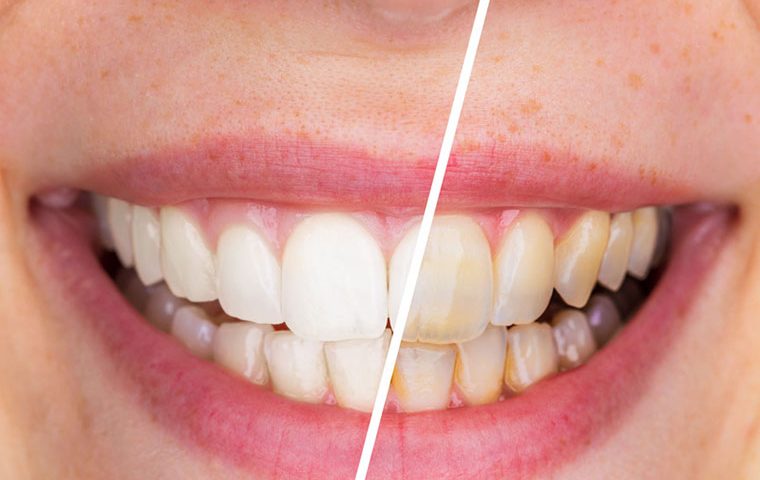
SCALING & TREATMENT OF GUMS
The branch of periodontics deals with diseases involving the supporting tissue of the teeth i.e., gums, surrounding bone, etc. Gum diseases are the main cause for loosening of your teeth, bone loss, tooth loss. It can also be associated with systemic diseases such as diabetes, heart diseases, etc. But the good news is, most of the periodontal diseases can be treated successfully with fair prognosis. You do not have to lose your tooth to periodontal diseases.
IMPORTANCE OF PERIODONTAL HEALTH:
Healthy teeth and a great looking smile is of great importance. They are important, not only for aesthetic purposes but also for your oral health. A healthy oral cavity puts you at a lesser risk of some chronic and systemic illnesses as well. It is aptly said that oral health is a reflection of your general overall health. Just like, periodontal diseases have an impact on general health, systemic diseases have an impact on your oral health as well. Over the years, various studies have concluded, gum disease can lead not only to loosening or loss of bone structure but several diseases like diabetes, cardiac diseases, respiratory diseases, complications in pregnancy, etc. There is a definite association between periodontal health and systemic conditions.
Not only through regularly scheduled dentist appointments, maintaining a diet rich in vegetables, omega-3 fatty acids, essential nutrients, regular brushing and flossing, smoking –free lifestyle, etc. also, help you in maintaining a healthy oral cavity.
SCALING & ROOT PLANING:
The first treatment procedure is ‘Scaling and Root planning’. It is a non-surgical procedure. This treatment involves cleaning out the debris which has hardened to form calculus. This is also known as ‘deep cleaning.’ This procedure helps in healing the gum tissue as well as reduces the depth of your pockets. A pocket is a space created between the teeth and gums due to periodontal disease. It provides an environment for the bacteria to thrive in which leads to further progression of the disease. After scaling smoothening, or planning, of the (exposed) surfaces of the roots, that is impregnated with calculus, toxins, microorganisms are done (these are the etiologic agents that cause inflammation).
GRAFTS :
If you’ve been diagnosed with periodontal disease and the health of your gums hasn’t improved with scaling & root planning, chances are you might need a graft. Grafts are of two types- gum graft or a bone graft. A gum graft surgery is recommended when the root portion of your teeth is exposed as excessive gum has been lost. It can prevent further damage to your surrounding bone. In this procedure, the gum tissue is taken from another site (palate) and placed over the exposed site. Bone graft surgery, on the other hand, is recommended when there is bone loss and lead to loosening of your teeth. In this procedure, bone fillers, membrane proteins are used to regenerate the lost bone structures.
PERIODONTAL PLASTIC SURGERY:
Periodontal treatments can also be done to address your cosmetic problems. Correction of a gummy smile or an uneven gum line can be corrected effortlessly with periodontal surgery. Crown lengthening is done in cases of gummy smiles where the gums cover too much of your teeth. The excess gum tissue is cut and then the gum line is sculpted to give you the right look.
LASER TREATMENTS:
The laser has a wide range of uses in dentistry including various periodontal procedures. The benefits of laser therapy are that there is minimal tissue damage, easier to use than a scalpel and extreme precision. Because of this, laser treatments are widely used in periodontal therapy as well as for cosmetic procedures. Lasers are widely used for tissue shaping, biopsy, treatment of ulcers, sensitivity as well as removal of pigmentation from the gums.
In COMHTS, each patient is seen by a well experienced & trained dentist, who specializes in the prevention, diagnosis, & treatment of oral disease & condition. They have received extensive training in these areas, & are familiar with the latest techniques for diagnosing & treating the gum diseases & conditions related to other parts of the mouth.
